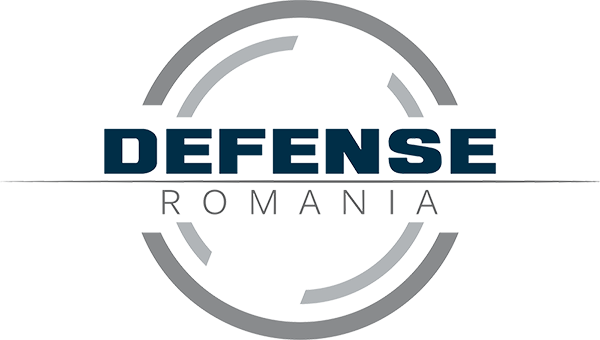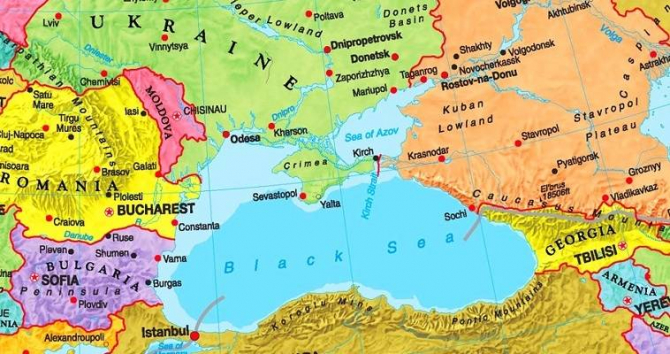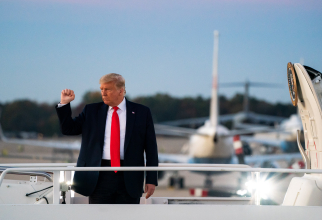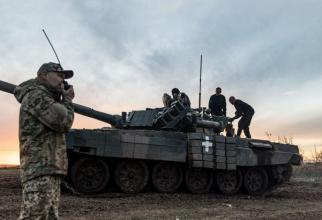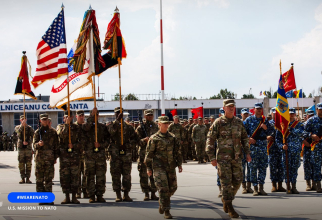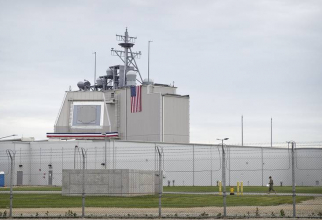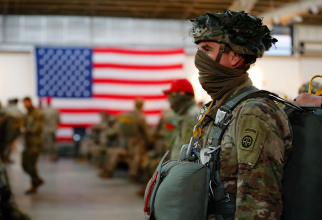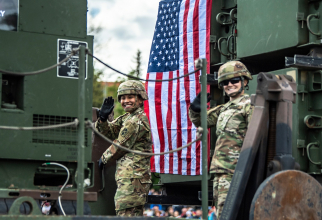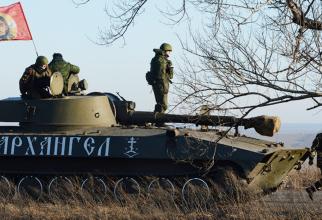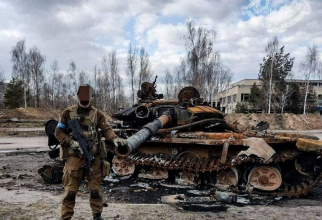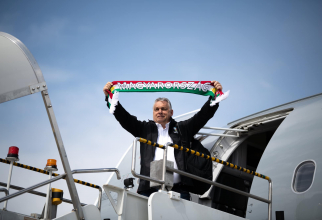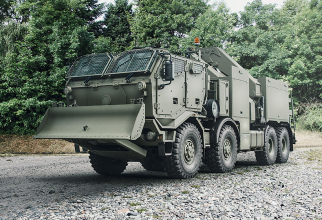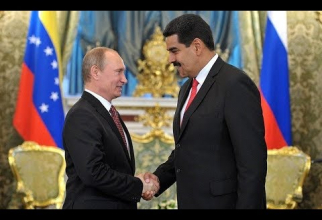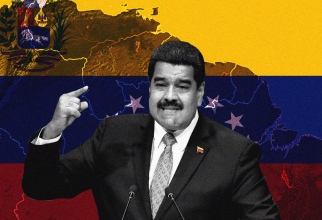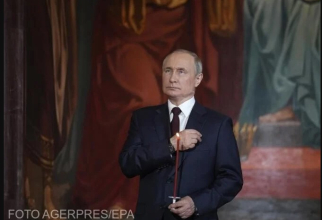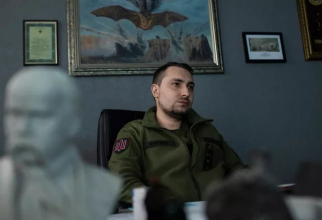Pentru prima dată, direct de la sursă, publicăm un document de excepție. Articolul scris de cunoscutul politolog profesor dr. Julian Lindley-French, de la Institute for Statecraft din Londra, prezintă o analiză mai puţin ortodoxă, dar bine documentată, despre creșterea importanţei strategice a României în mecanismul de securitate european.
Membru al unei impresionante liste de fundații și laboratoare de cercetare, profesorul Lindley-French ne scrie deapre o Românie a construcției europene. Articolul semnat cu ocazia împlinirii centenarului de la Marea Unire, este publicat în premieră de către DefenseRomânia.
The title of this session is Black Sea Regional Security Perspectives. Perhaps it should have been entitled ‘’Dire Straits’ given what has happened in the Kerch Strait between the Black Sea and the Sea of Azov.
From my distinctly Yorkshire perspective looking at a map it is hard to separate such regional perspectives from the wider perspective of European security in 2018 and Russia’s ‘fact-changing on the ground’ ambitions therein. As events this week demonstrate this region is one of the major friction points of a wider Euro-strategic struggle between President Putin’s Russia and the West. General Mark Carleton-Smith, Head of the British Army, said this past weekend that Russia is now a bigger threat than IS and that Moscow will seek to exploit any vulnerability and any weakness. Geopolitics is afoot in this region and it is exacerbating and being used to exploit more regional-specific tensions and it is the link between the two upon which I will concentrate.
The essence of the regional-strategic challenge is Russia’s efforts to re-draw the map of eastern and south-eastern Europe in order to re-establish a new/old sphere of influence herein. What is particularly concerning is the method of ‘warfare’ the Russians are employing across a new spectrum of conflict from hybrid , cyber to high-end, and what my good friend General John Allen calls hyper war.
Central to that strategy is war in many forms at the margins of the alliance and at the seams within society. Such a strategy can be particularly effective in societies which are deeply contested or in which elites are open to undue influence.
Against that backdrop let me address briefly the five issues central to this session: Russian pressure on Allied unity; the implications of the Crimean and Ukrainian crises; the problems of Transnistria, maritime challenges in the Black Sea and the frameworks for regional and sub-regional co-operation.
Russian pressure on Allied unity:
Russia has crafted a new way of warfare that I call 5D warfare that reaches across a conflict of conflict and escalation from disinformation to disruption to destabilisation and possibly to destruction and all leveraged by copious doses of deception. Again, war at the seams and the margins, informed by Strategic Maskirovka (see my 2015 paper for the Canadian Global Affairs Institute) and aided and abetted by the denial from which Western political elites suffer.
The Virtual Soviet Union - implications of the Crimea and Ukrainian crises
Those implications are plain to see – Russia will do whatever it deems necessary to exert control and influence over places it believes vital to its expansionist national interest and the recreation of what it deems unilaterally as ‘buffer states’ between itself and the rest of Europe – a kind of virtual Soviet Union is you will. For sake of elegance let me divide the Crimea and Ukraine crises into two. The Crimean crisis has shown the willingness of Moscow to change borders in Europe by force if it believes the strategic prize worth it. In this case, it is the ability of Russia and in particular the Russian Black Seas Fleet to project influence into the region and beyond into southern Europe, the Levant and beyond into the Gulf and the Middle East and North Africa.
The Ukrainian crisis is also an example of 5D warfare in action designed to keep Kiev and other states off balance politically and permanently, to exert influence through uncertainty by making Allied and EU member-states unsure as to their true security and thus help shape the choices and policies that make. Put simply, for as long as Russia can get away with the nibbling away of other’s state sovereignty it will and by all means possible.
Transnistria:
This is indeed a complex issue. With some 34% of the population ethnic Russians Moscow has some claim to an interest in Transnistria which is one reason why the so-called ‘autonomous territorial unit’ has remained locked in a post-Soviet ‘frozen conflict’.
And, even though President Putin has hinted that he believes Transnistria falls on the Western side of his imaginary boundary for the sphere of influence he is carving out the fact of the struggle and its proximity to Moldova, Ukraine and Romania makes it again fertile territory for the kind of war at the seams and at the margins I outline earlier. Do I have solutions? No. However, I am clear that Russia will endeavour to fill all and any political vacuum in central and eastern Europe.
The Black Sea Maritime challenge:
The Russian Black Seas fleet is clearly in a position to seal off the Black Sea and to use it as the base for operations of varying intensity against states around the sea. Clearly, Moscow would prefer a strategic partnership with Turkey to enable the Fleet to gain access to the Mediterranean. However, given the focus on armed influence protection of contemporary Russian policy all NATO and EU allies across the region and partners – Romania, Bulgaria, Turkey and, of course, Georgia should be concerned about the type of forces the Russians are developing in the region as the modernisation programmes of the armed forces bear fruit.
Let me cite an example. From a Romanian point of view any threat to the Port of Constanta would be serious. It has the capacity to handle 100,000,000 tons of goods per year at its 156 berths. The Danube-Black Sea Canal is a vital transit between Romania and Bulgaria, Serbia, Hungary, Austria, Slovakia and Germany. The centrality of the port to the Romanian economy cannot be over-estimated, as the European Commission has stated. It is also extremely vulnerable to disruption and coercion.
So, what needs to be done? One should not underestimate Russian ambitions to force states in the region to look to Moscow (again) as much as they now look to Brussels. THAT is the essential contest and one could imagine the Eurasian Union being strengthened in time as part of such a strategy.
At the policy level Romania and its allies need to counter 5D warfare by helping embed such concepts at the heart of NATO defence and deterrence and the EU’s CFSP and CSDP. Cross region institutional ties also need to be strengthened, such as the Regional Co-operation Council with strategies such as South-East Europe 2020 strengthened and taken forward. Investments in infrastructure that further embeds Romania and the wider region in the free economy are also vital.
However, there are a range of strategic steps that should be considered now:
1. A new Romanian security concept to counter coercion across the hybrid-cyber-hyper spectrum, with UK help if requested’
2. Improved indicators to identify when hybrid warfare is being enacted and where it could lead. This will, of course, be dependent on strengthened relationships in intelligence with strong allies such as the United Kingdom, possibly through close bilateral as well as multilateral relationships.
There are also a range of practical political steps Romania might wish to consider to render itself more resilient in the face of war at the seams of society and ‘war’ at the margins of the Alliance and the Union.
1. Make critical infrastructure (such as Constanta) more resilient to cyber and other forms of disruptive attack.
2. Make critical people more robust by making it harder for corruption to work.
3. Modernise our security and defence forces to ensure they meet the challenge of the coming age not the past.
There are also a range of institutional reforms I think we must all take together:
1. The EEAS should be strengthened and given more resources to engage more effectively in frozen conflicts such as Transnistria.
2. NATO deterrence and defence need to be upgraded to emphasis early-warning with much of it based on AI, quantum computing and machine-learning to help identify the algorithms of complex 5D attack.
3. NATO has said it will not undertake offensive cyber but as part of a new concept of deterrence it is hard to see how we can ‘deter’ without it’.
Perhaps the greatest need is political. i.e. that all of us recognise that we are once again in a contested strategic space called Europe, that we are on the same side in this struggle and that all Europeans are in this together, with Britain and Romania to the fore and in which the worst-case really could be the most realistic case.
One final thought – institutions matter. Indeed, I would go as far as to say that the essence of the tension with Russia here in South-East Europe is about the rights of free, sovereign states to choose their own strategic alignments and alliances and a kind of Moscow Machtpolitik, Realpolitik, zero-sum, sphere of influence free for no-one but Russia in which Russian local might is right.
Therefore, if we collectively are to engage with Russia it must be from a position of strength. In other words, we need a new dual-track approach to Russia – committed dialogue and strong defence.
To finish, let me go back to my map. Look at it. Like it or not, Romania and the whole South-East European region is again at the epicentre of geopolitics and we all need the strength of mind to realise that. In the security and defence domain relationships matter and in spite of the current political turbulence one vital strategic partnership which this conference is rightly helping to strengthen is that between the UK and Romania.
Happy 100th birthday Romania!
Thank you.
Julian Lindley-French, Bucharest, 28 November 2018
Fii primul care află cele mai importante știri din domeniu cu aplicația DefenseRomania. Downloadează aplicația DefenseRomania de pe telefonul tău Android (Magazin Play) sau iOS (App Store) și ești la un click distanță de noi în permanență
 Fiți la curent cu ultimele noutăți. Urmăriți DefenseRomania și pe Google News
Fiți la curent cu ultimele noutăți. Urmăriți DefenseRomania și pe Google News
